Een aangepast e-maildomein instellen met Proton Mail
Val op met een e-mailadres @uwbedrijf.com dat direct vertrouwen en geloofwaardigheid opbouwt, terwijl de communicatie privé en in overeenstemming met de regelgeving blijft.
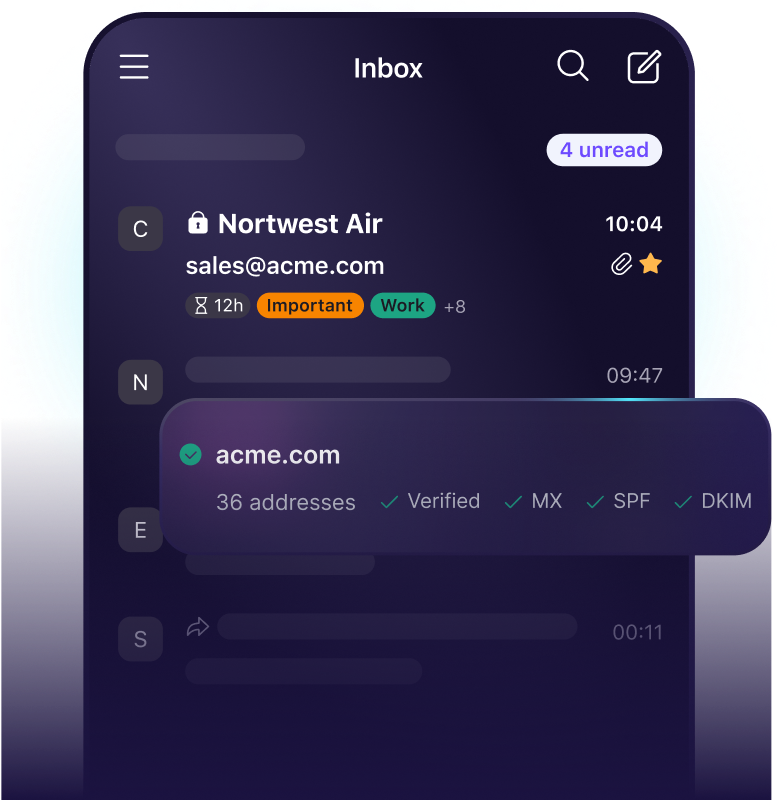
Versterk uw bedrijf met een professioneel e-mailadres
Verbeter de aantrekkingskracht van uw merk
Maak een geweldige eerste indruk, of u nu contact opneemt met klanten, marketingcampagnes lanceert of vragen van klanten beantwoordt.
Vergroot het vertrouwen van klanten
Zorg ervoor dat uw communicatie er altijd rechtmatig uitziet met aangepaste e-mailadressen die overeenkomen met uw website en de openingspercentages verhogen.
Ondersteun de groei van uw bedrijf
Schaal naadloos op met e-mailadressen en beheertools die meegroeien met uw organisatie, waardoor consistentie en vertrouwen behouden blijven.
Versterk uw reputatie
Vergroot de geloofwaardigheid met een aangepast e-maildomein en een provider die bedrijfs- en klantgegevens beschermt tegen datalekken, surveillance en AI-training.
Blijf georganiseerd, productief en houd de controle
Beheer meerdere aangepaste e-maildomeinen
Voeg tot 15 unieke domeinen toe, zodat u verschillende merken, entiteiten of regionale kantoren vanuit één inbox kunt overzien.
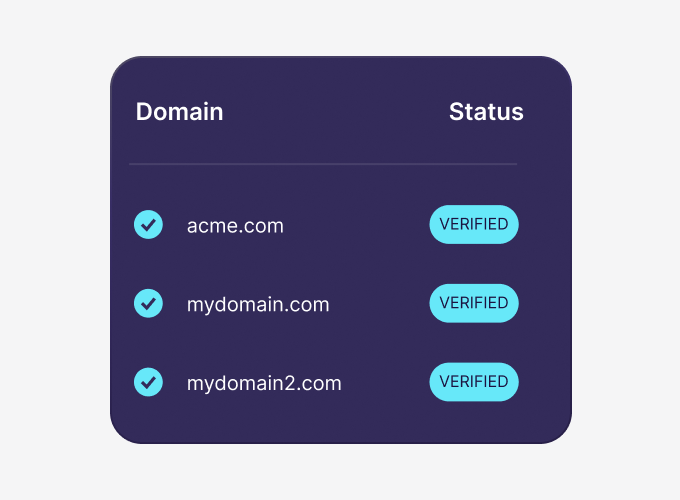
Blijf op de hoogte van uw planning
Verstuur en ontvang uitnodigingen voor evenementen naar teamgenoten en klanten, terwijl u de details tussen u en uw gasten houdt met de ingebouwde agenda van Proton Mail.
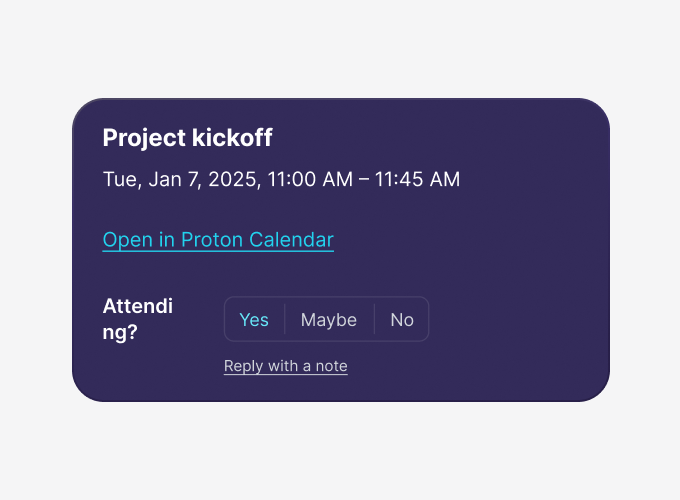
Krijg toegang tot uw berichten op al uw apparaten
Blijf op de hoogte, waar uw bedrijf u ook brengt, met de Proton Mail- en Agenda-apps voor Windows, Mac, Android en iOS.

Verstuur en ontvang zonder vertragingen
Geniet van betrouwbare, ononderbroken communicatie met robuuste protocollen die ervoor zorgen dat uw berichten altijd hun bestemming bereiken.

Organiseer en optimaliseer uw inbox
Filter spam, stel aangepaste regels in om berichten te sorteren of te blokkeren, en automatiseer het doorsturen en beantwoorden voor naadloze communicatie.
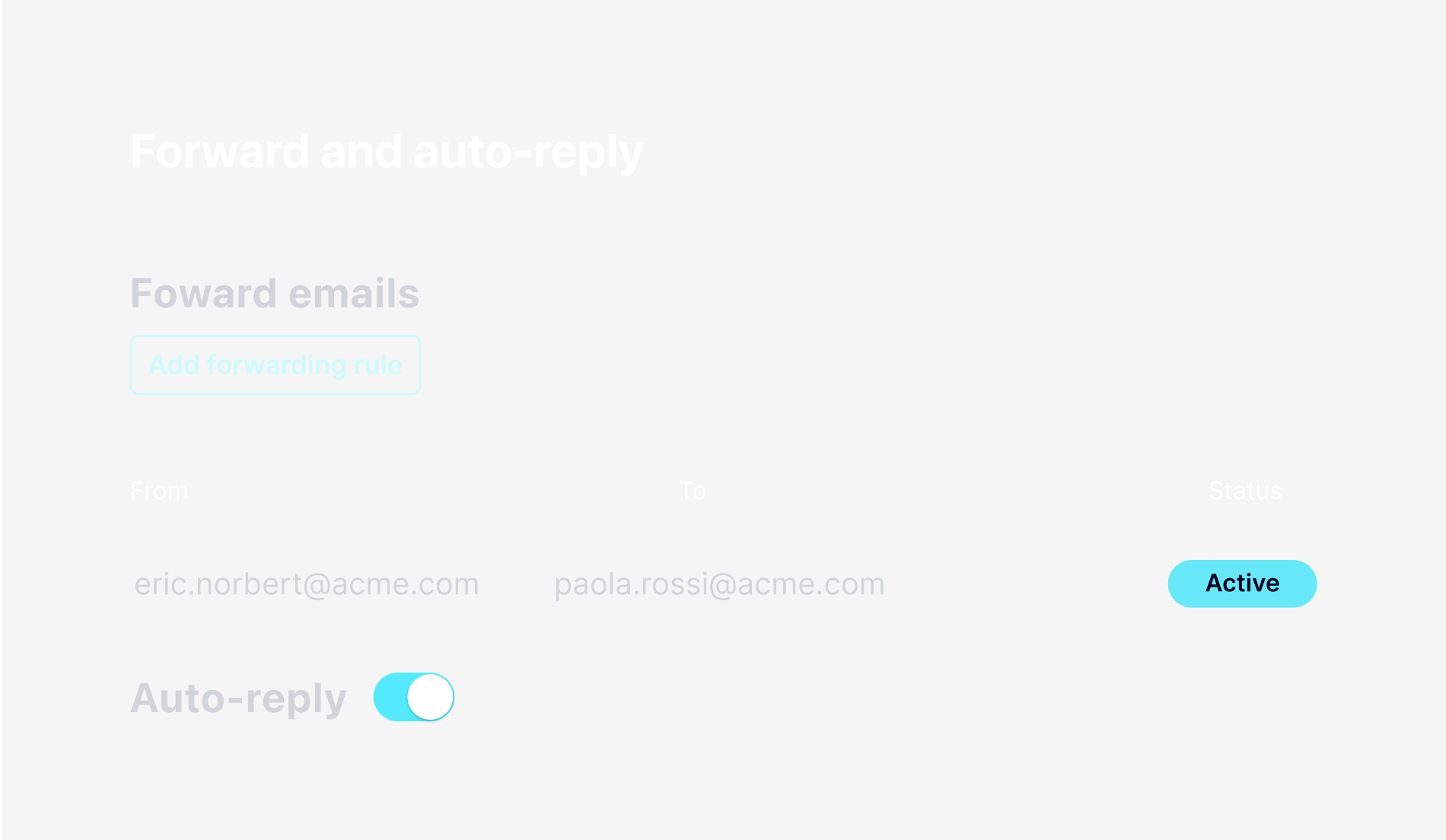
Houd de controle over uw communicatie
Pas machtigingen aan, wijs opslag toe en pas instellingen aan voor alle e-mailgebruikers van uw organisatie vanuit een centraal beheerderspaneel.

Uw abonnement kan meegroeien en inkrimpen met de omvang van uw team
Beheer meerdere gebruikersaccounts en aangepaste e-maildomeinen met flexibele abonnementen die zich aanpassen aan uw behoeften, of u nu een alleenstaande ondernemer bent of een groeiende onderneming.
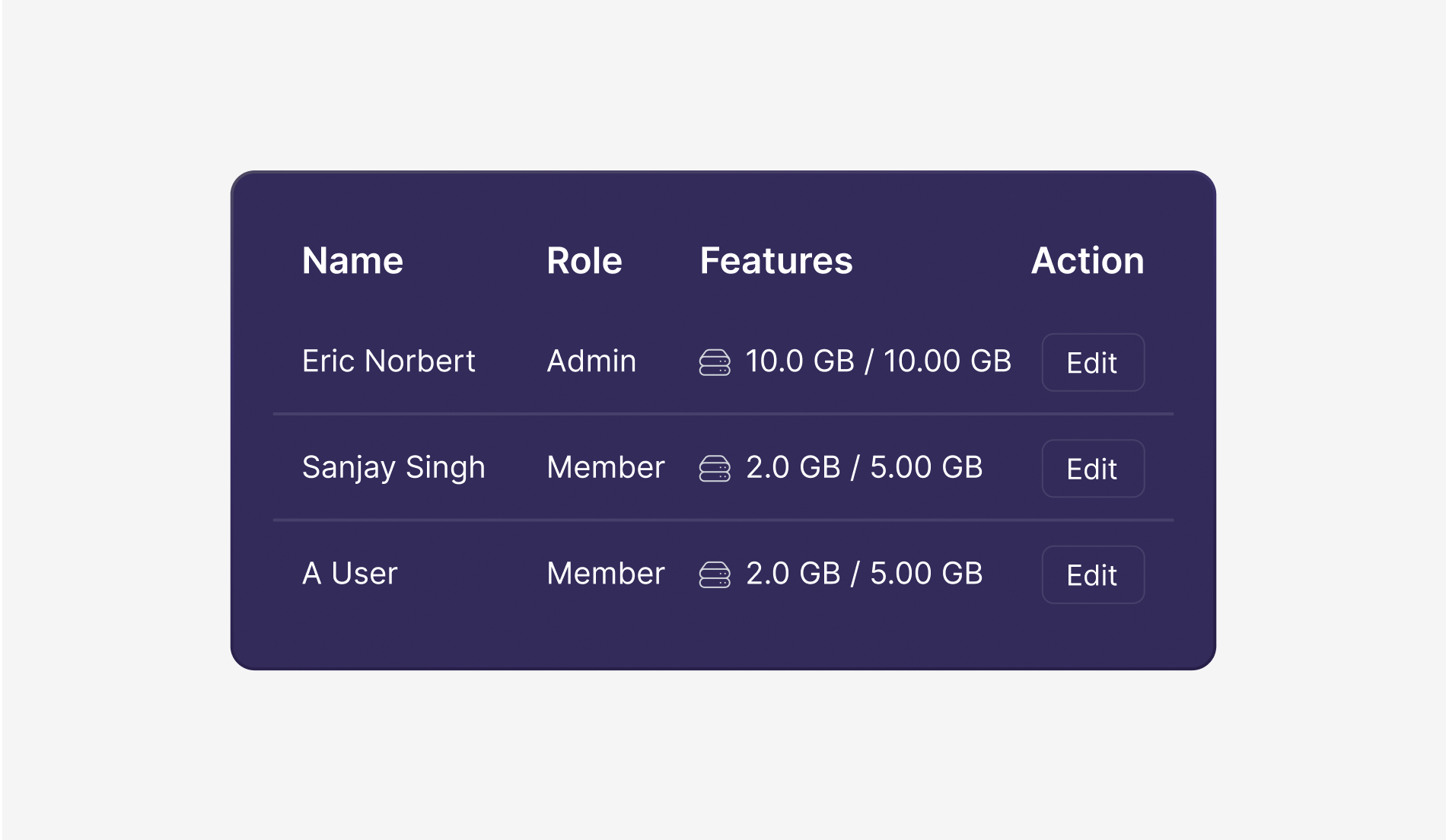
Kies voor een veilige en betrouwbare professionele e-mail die uw privacy beschermt
Houd gesprekken privé
Bescherm uw gegevens met end-to-end versleuteling. Onderwerpregels, inhoud en bijlagen van e-mails zijn alleen zichtbaar voor u en uw ontvangers.
Profiteer van de Zwitserse privacywetgeving
Proton verdedigt uw bedrijfsgegevens tegen Amerikaanse en Europese surveillance en beschermt ze met enkele van 's werelds strengste privacywetten.
Vereenvoudig de naleving van gegevenswetgeving
Verstuur e-mails die GDPR, HIPAA, CCPA en andere privacyregelgeving ondersteunen, terwijl u gegevens beschermt tegen interne en externe bedreigingen.
Vertrouw op onze code
Proton Mail is open source, waardoor iedereen onze beveiligingsclaims kan verifiëren, en regelmatige audits door derden bevestigen onze hoge beveiligingsnormen.
Een aangepast e-maildomein instellen met Proton Mail
Het instellen van e-mail kan lastig zijn, maar we hebben het proces vereenvoudigd zodat u zich kunt richten op de groei van uw bedrijf, terwijl wij uw communicatie privé en veilig houden.
Voeg uw domein toe en verifieer het
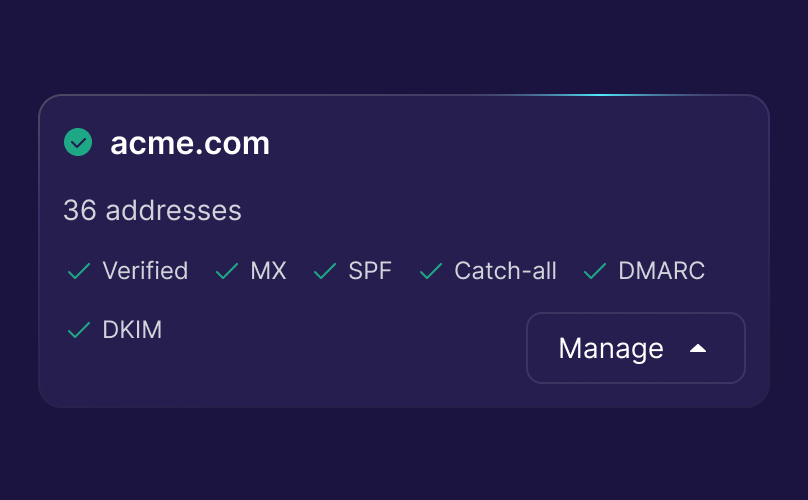
Selecteer het juiste Proton Mail voor Business-abonnement voor uw behoeften
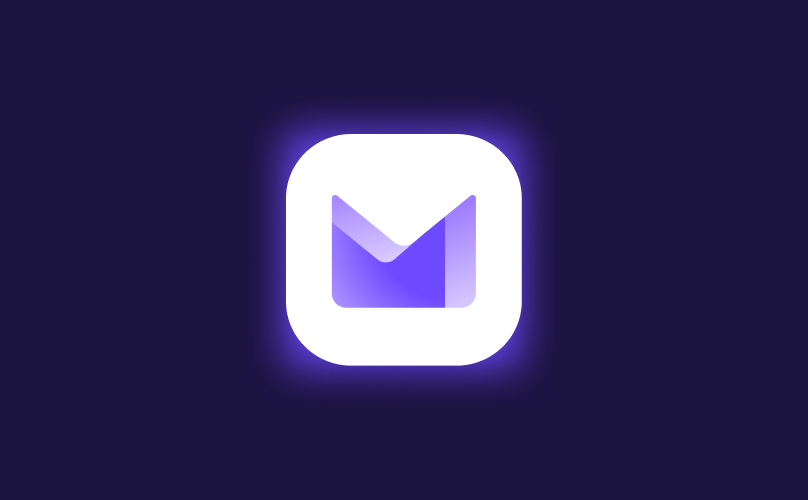
Stel uw organisatie in en voeg uw domein toe
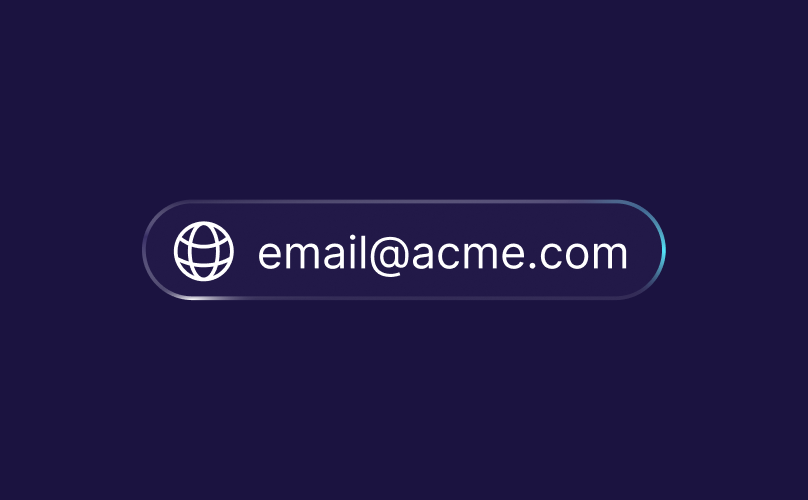
Voeg teamleden toe en maak hun e-mailadressen aan

Gebruikt u al een andere e-mailprovider voor uw zakelijke e-mails?
Migreer uw bestaande e-maildomein en berichten naar Proton Mail met Easy Switch.
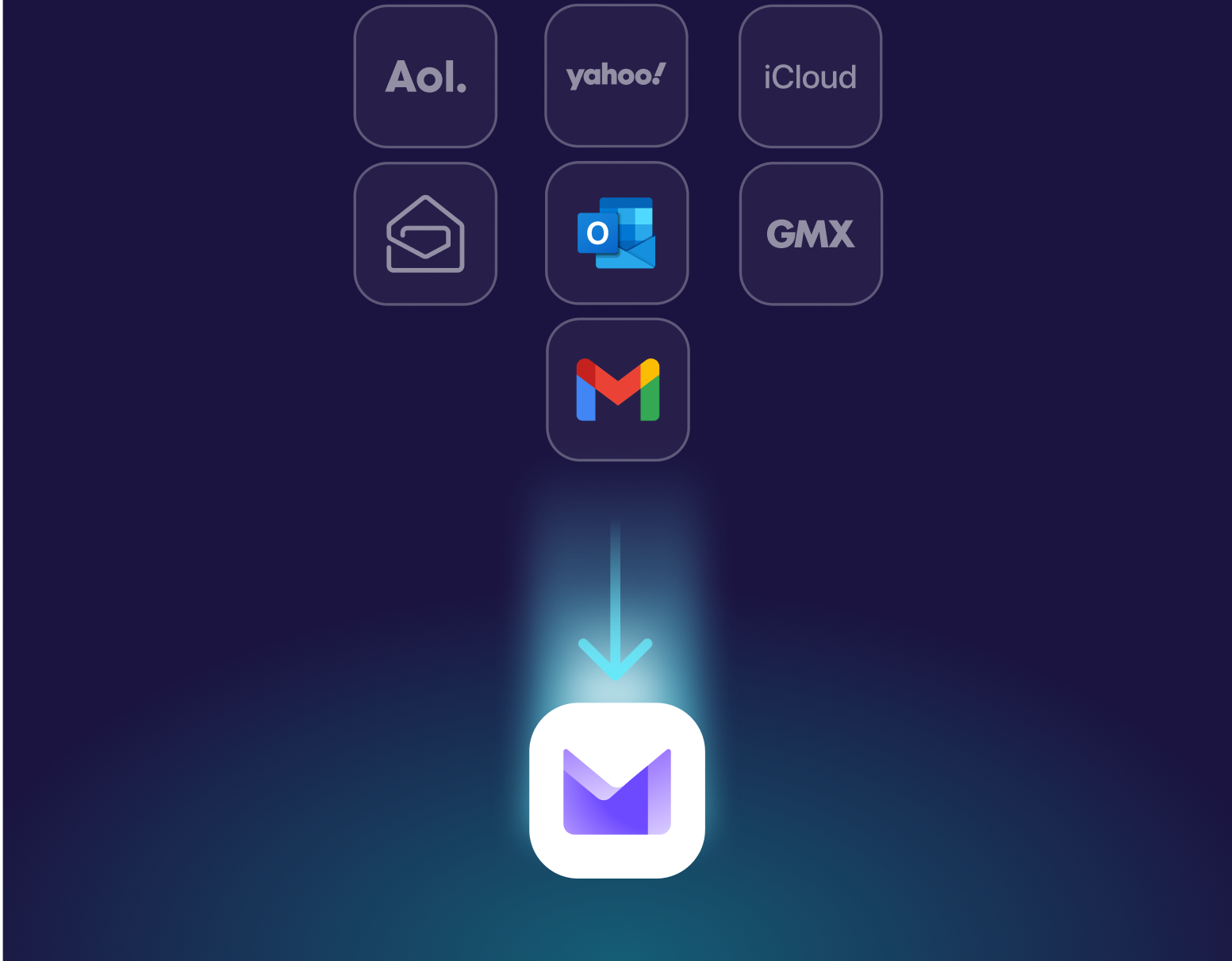
Veelgestelde vragen
- Wat is een aangepast e-maildomein?
- Welke voordelen biedt een aangepast e-maildomein voor mijn bedrijf?
- Hoe beveiligt Proton Mail mijn e-mails?
- Wat gebeurt er als ik al een professioneel e-mailadres heb?